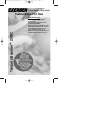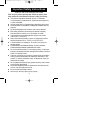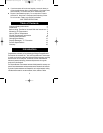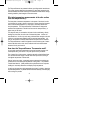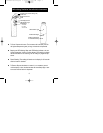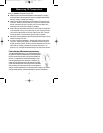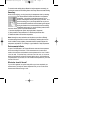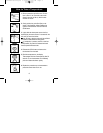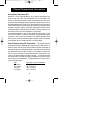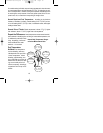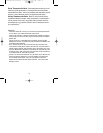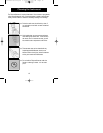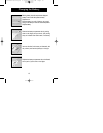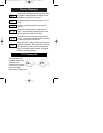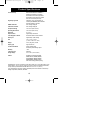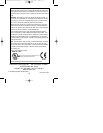
On a stable resting individual, temporal artery temperature is about the same
as a rectal temperature, and approximately 0.8°F (0.4°C) higher than an opti-
mum oral temperature. However, during fever episodes, the difference can
be much higher, mainly because of the much greater speed of the TA com-
pared to ear, oral, or rectal sites in responding to change in fever.
Normal Rectal and Oral Temperature: According to the American
Academy of Pediatrics,
3
ordinarily, a rectal reading of 100° F (37.8°C) or less,
or an oral reading of 99° F (37.2°C) or less, is considered normal, while higher
readings indicate fever.
General Rule of Thumb: Rectal temperature is about 2°F (1°C) higher
than underarm, about 1°F (0.5°C) higher than oral temperature.
6
Expect the Differences: Arterial temperature measurement leads all
other methods in identifying fever or falling of an elevated temperature, and
is unaffected by activities of daily
living. Accordingly, it will some-
times be different from other
methods — but accurate.
Oral Temperature
Artifacts: Oral temperature
can be misleading, and many
individuals with fever can have a
“normal” temperature.
7
Mouth
breathing, rapid breathing, and
hot or cold fluids are a few of the
artifacts that can distort the read-
ing, as can inability of the indi-
vidual to cooperate. Accordingly,
comparisons with TA may not be
reliable.
Normal Body Temperature Ranges
at Various Measurement Sites
Oronasal
96.6 - 99.0ºF
(35.9 - 37.2ºC)
Axillary
95.5 - 98.8°F
(35.3 - 37.1°C)
Rectal
97.7 - 100.3ºF
(36.5 - 37.9°C)
Arterial
97.4 -100.1°F
(36.3 - 37.8°C)
Oral
96.6 - 99.5ºF
(35.9 - 37.5°C)
Esophageal
98.4 -100.0ºF
(36.9 - 37.8°C)
10
tat2000instrev6.qxd 2/6/2006 9:35 AM Page 10



